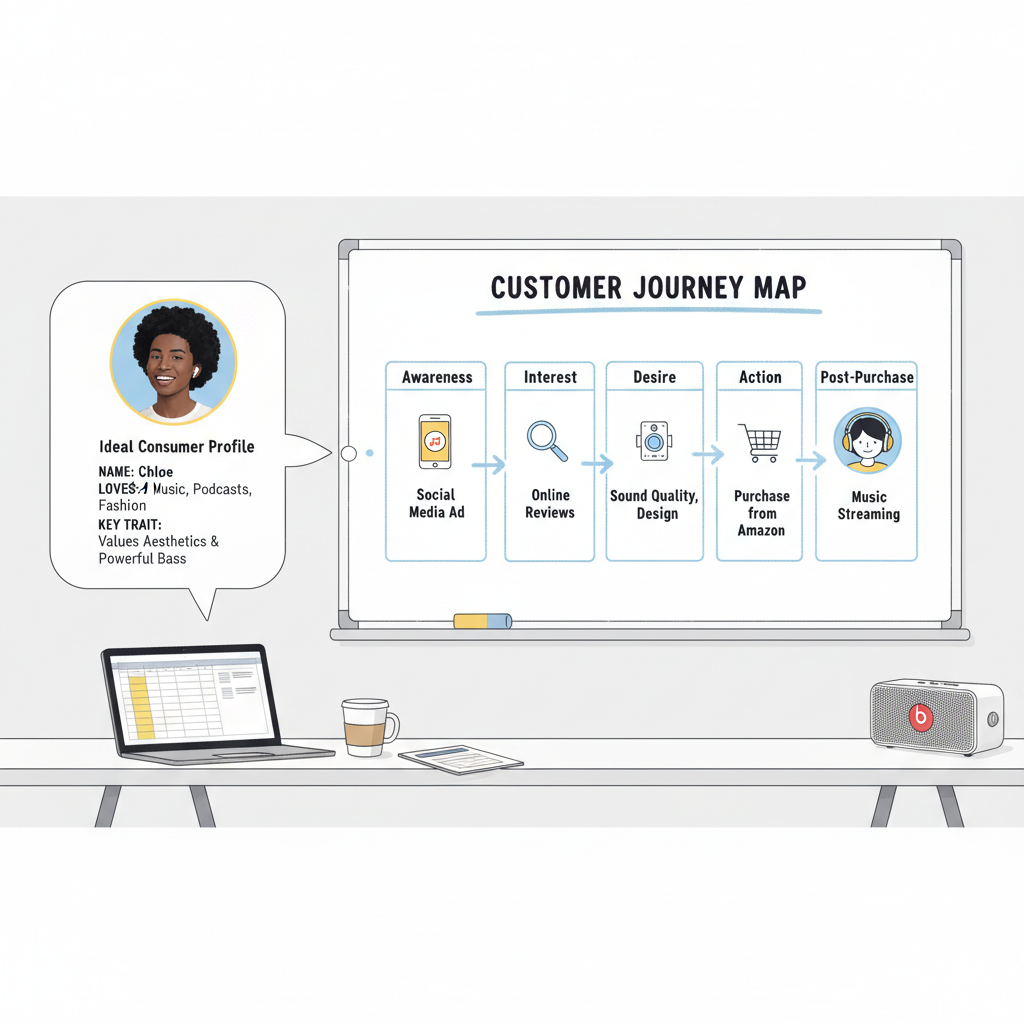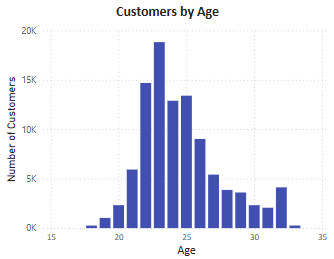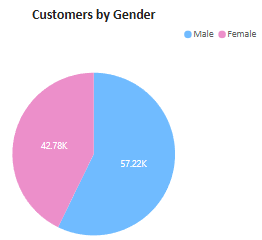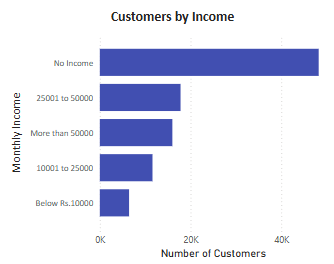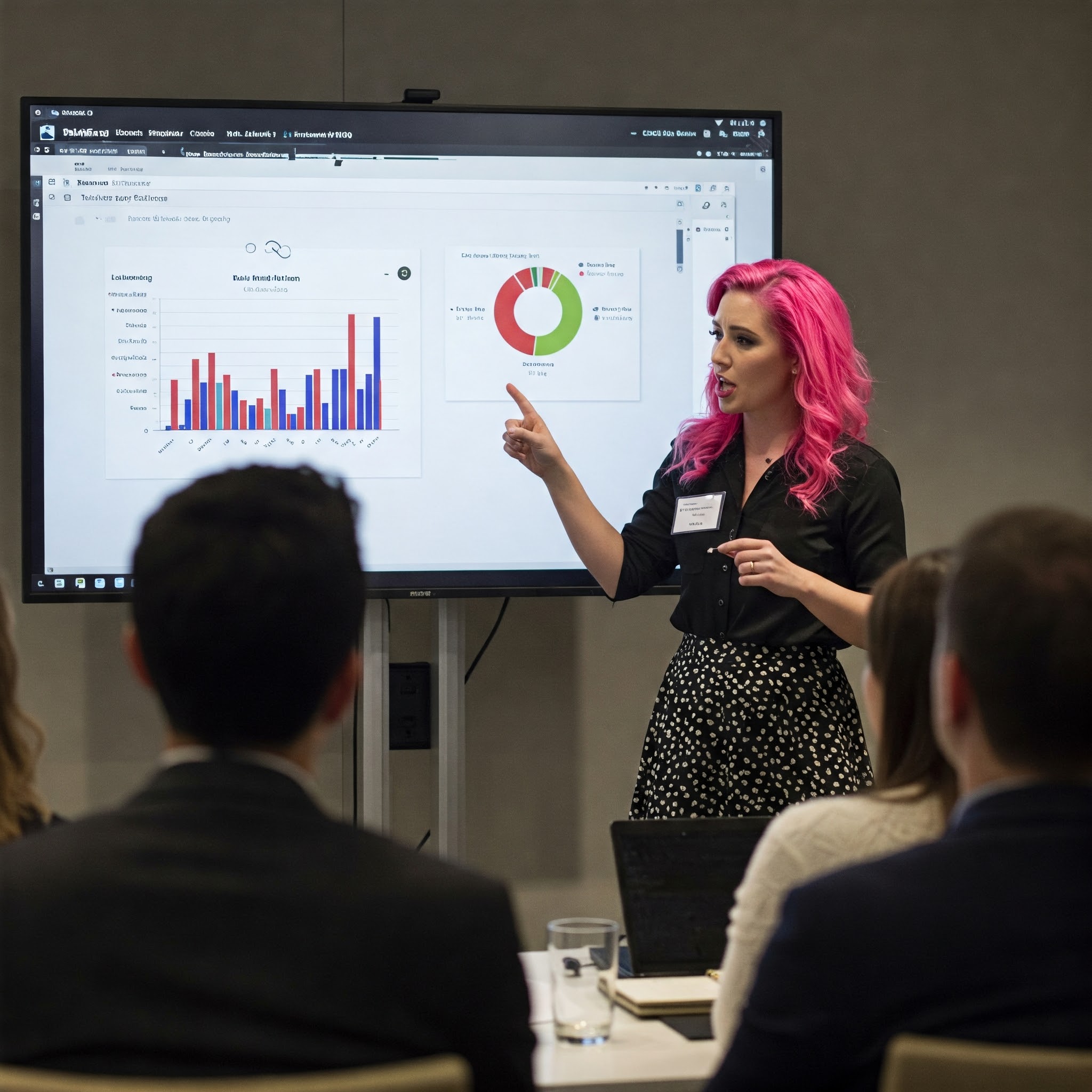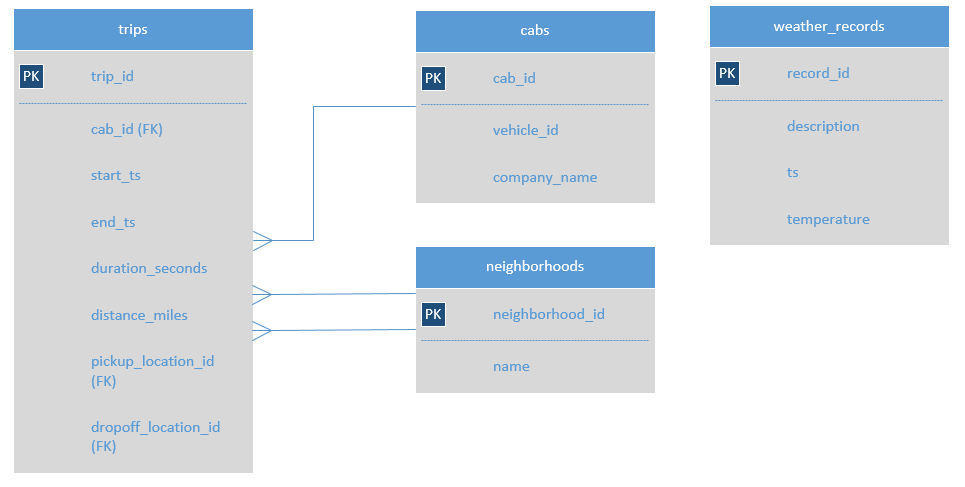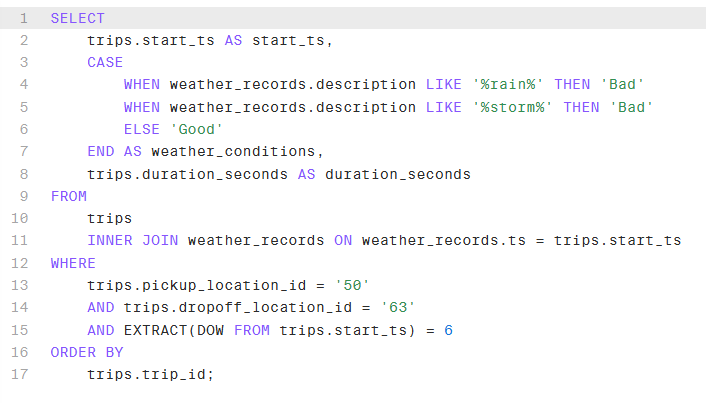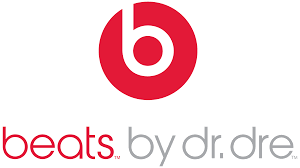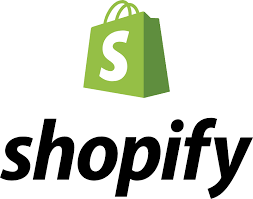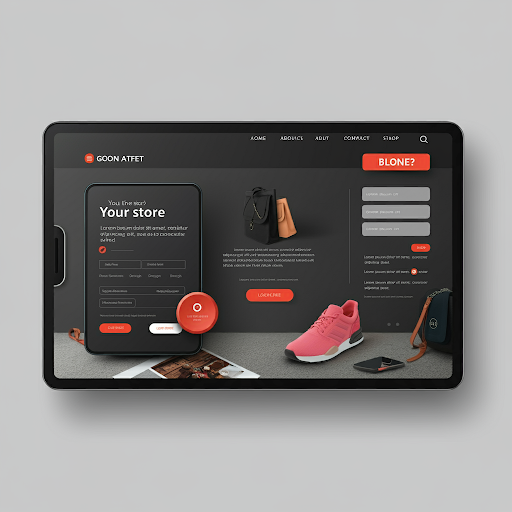Get to Know Me
Turns out, psychology and data analysis have more in common than you might think.

Hi there! I'm Tiffany, a BI Analyst who loves turning data into compelling stories. I'm also a mom to two wonderful kids, a friend to many, and a partner to one amazing person – they're a constant reminder of the human side of everything we do.
My journey into data analysis started with a fascination for understanding people, which led me to study psychology. Now, I combine that understanding with my analytical skills to uncover meaningful insights from data. In my free time, I enjoy outdoor adventures, books, video games, and crafts.
I'm a lifelong learner with an insatiable curiosity and a passion for expanding my skillset. I believe that continuous learning is essential for growth and success, both personally and professionally. Throughout my career, I've actively sought opportunities to enhance my knowledge and expertise in areas such as business writing, communication, and ethical conduct. I'm also drawn to understanding the intricacies of business operations, including customer service, cultural diversity, and effective teamwork. This drive to learn and adapt has equipped me with a versatile toolkit and a strong foundation for navigating the ever-evolving business landscape.
Alongside my professional development, I'm driven by a strong desire to make a positive impact on the lives of others. I've dedicated time to various volunteer roles, including supporting hospice patients, mentoring students, and assisting with community health initiatives. These experiences have not only enriched my life but also instilled in me the value of empathy, compassion, and teamwork. I believe these qualities are essential for fostering positive relationships and contributing to a supportive and collaborative work environment.

